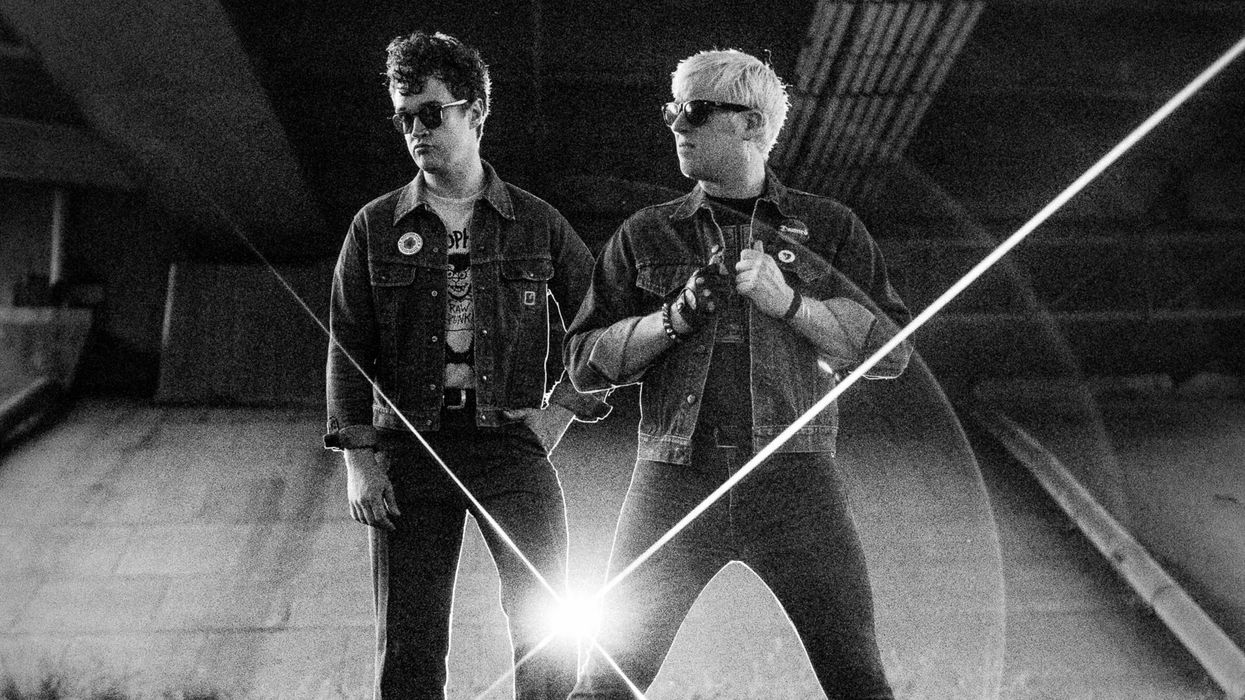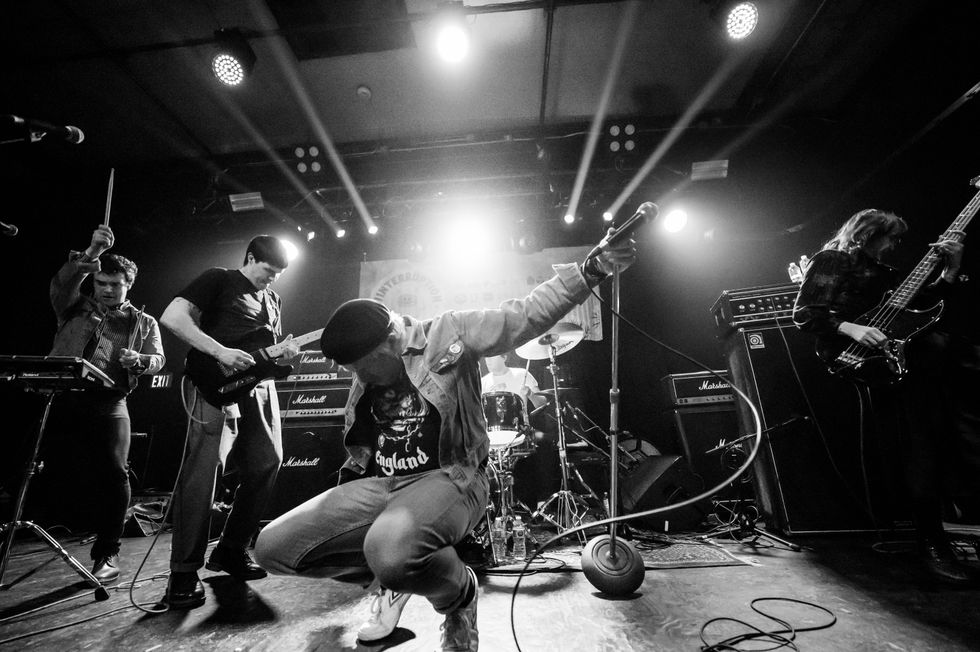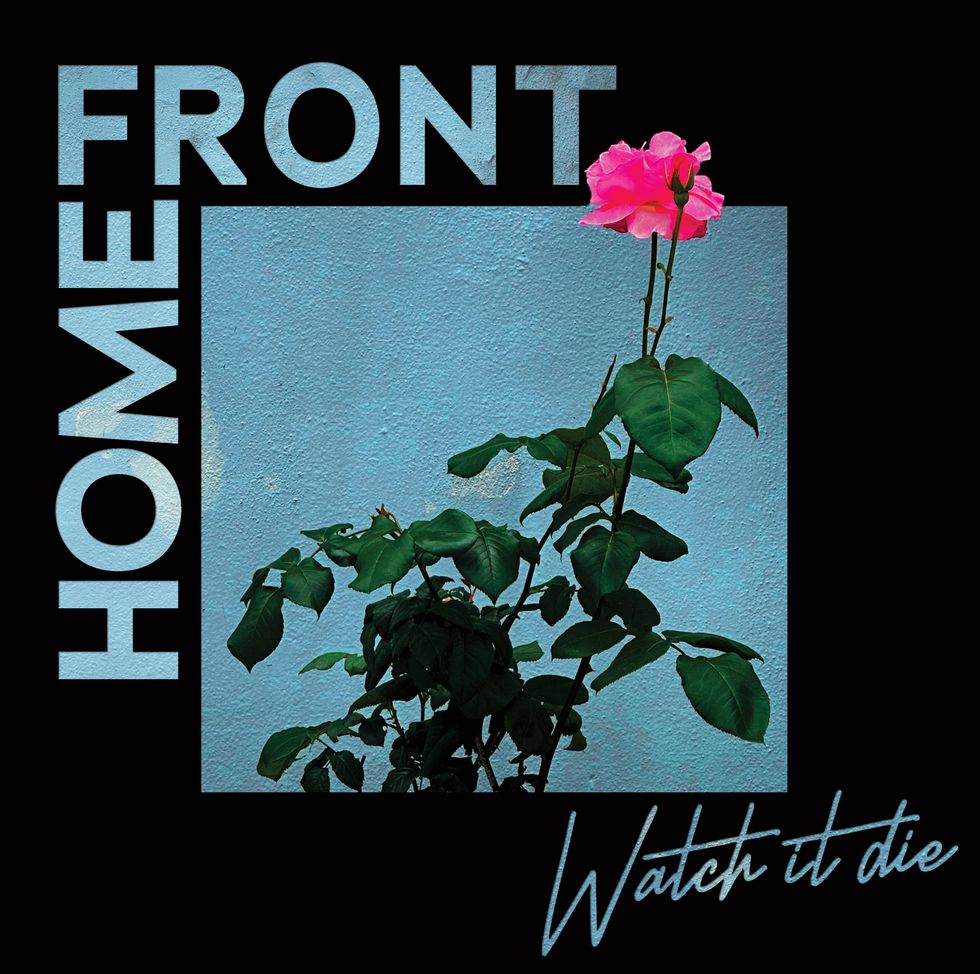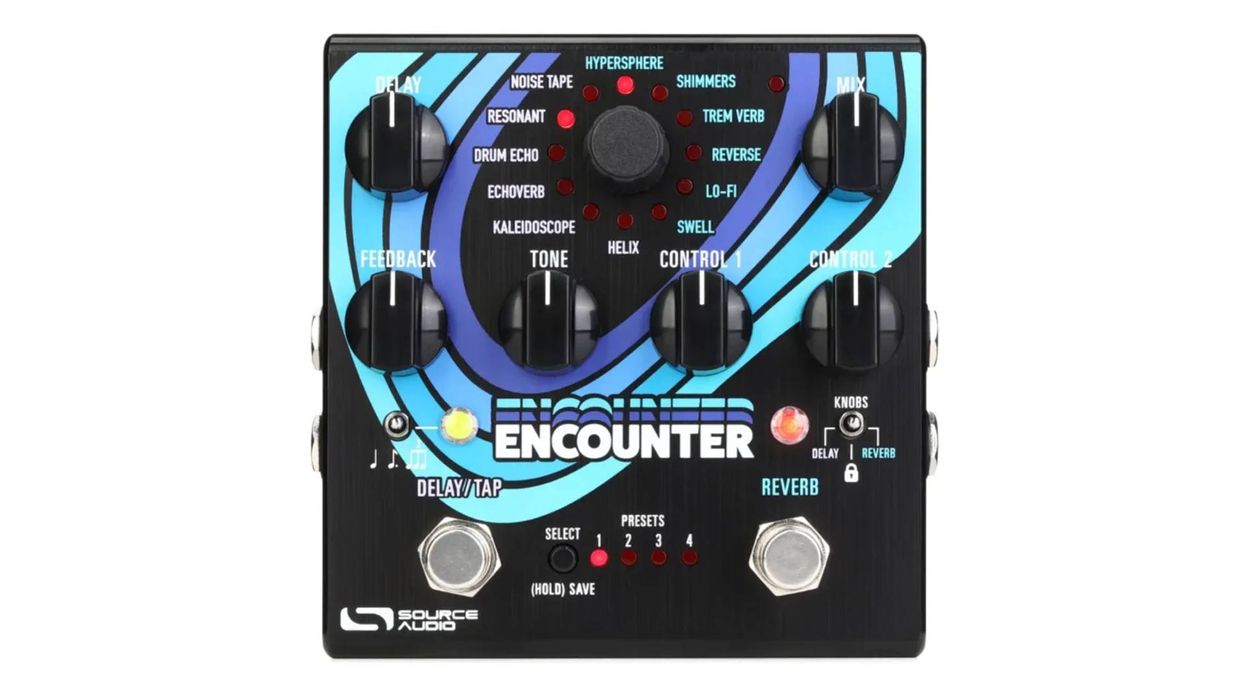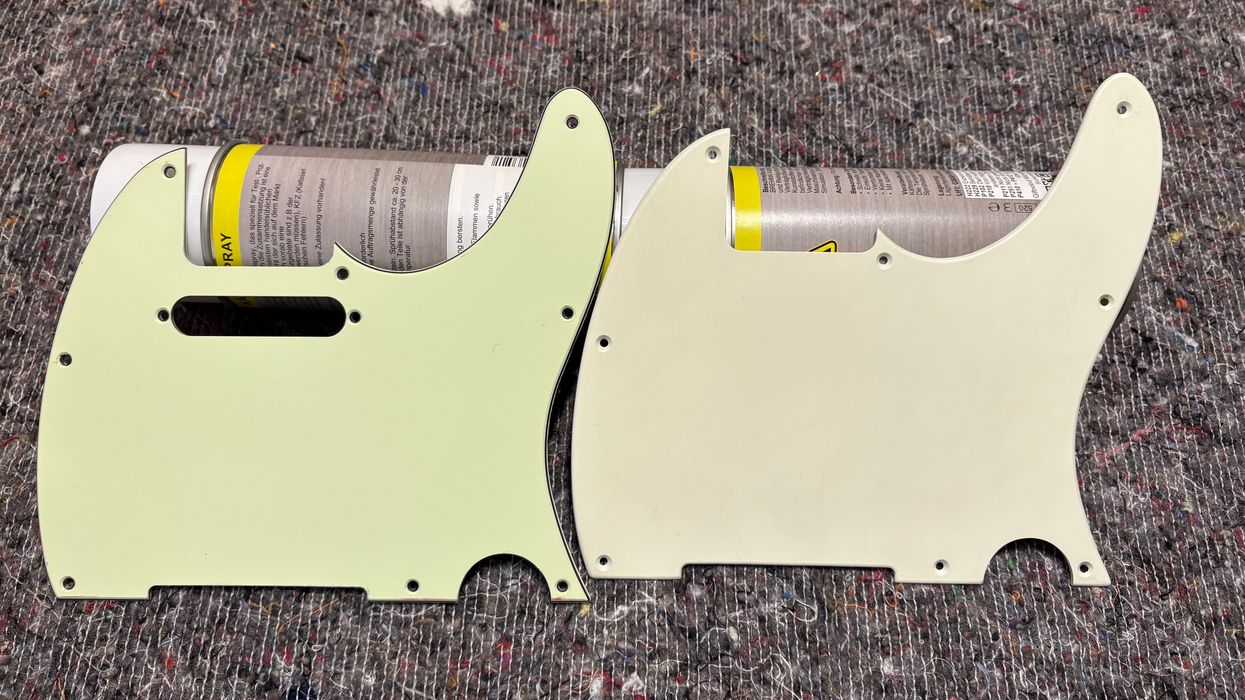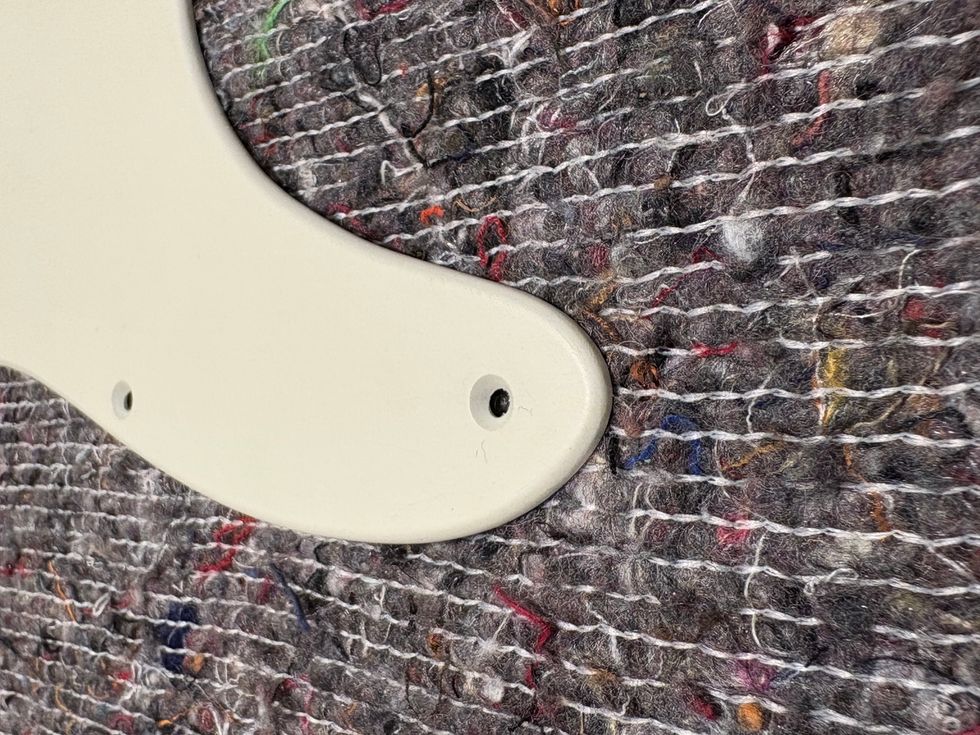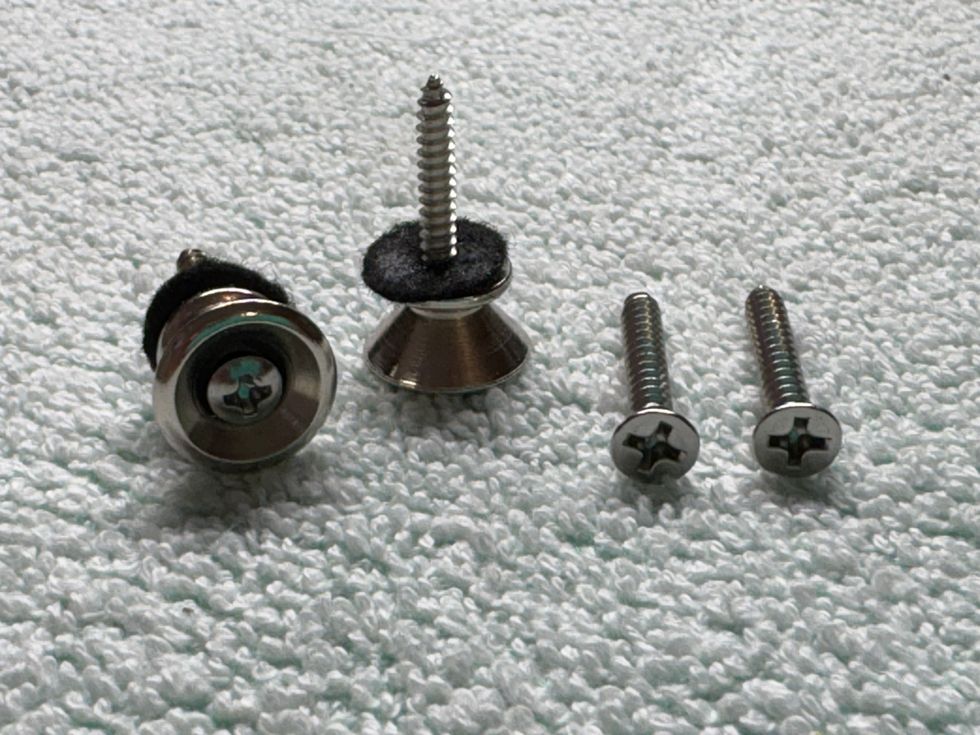Hollywood, CA (May 5, 2011) – Guitar Center’s King of the Blues and Ernie Ball’s Battle of the Bands both kicked off this spring. Each contest offers a monetary prize, performance opportunity, gear, and endorsements as part of its grand prize.
Guitar Center’s King of the Blues 2011
Guitar Center’s King of the Blues competition offers a grand prize of $25,000 cash, studio time with Pete Anderson, a Gibson Vintage Collectors Series Les Paul 1959 Reissue, an Egnater full stack, and endorsements and gear from additional sponsors Epiphone, Ernie Ball, Gibson, and Boss. The top five finalists will perform live at the King of the Blues grand finals, which will feature Warren Haynes and be held at the House of Blues Sunset.
The King of the Blues competition kicked off on May 5. Guitarists can sign up for regional competition at local Guitar Center locations and download official backing tracks from guitarcenter.com/kingoftheblues.
Ernie Ball Battle of the Bands 15
Ernie Ball’s Vans Warped Tour Battle of the Bands will award 250 bands the opportunity to perform live at a stop of the 2011 Vans Warped Tour. Four bands will be chosen for each tour date, with one band earning the ultimate grand prize. Included in the prize is a $15,000 Guitar Center shopping spree, an expenses-paid trip to Hollywood to play the Vans Warped Tour after-party, two weeks on the 2012 Vans Warped tour, a three-song EP with producer Matt Squire, an Ernie Ball Music Man endorsement, and more.
Bands can sign up for the contest through battleofthebands.com. To enter, bands must complete an informational profile—and submit at least one mp3—at least two weeks prior to the date they’re competing for. Fans will then vote for their favorites, and the top 100 vote-getters for each date will be reviewed by a panel of judges. Fans can vote once per day, and each vote counts as an entry to a contest for a custom Ernie Ball Music Man guitar.
Guitar Center’s King of the Blues 2011
Guitar Center’s King of the Blues competition offers a grand prize of $25,000 cash, studio time with Pete Anderson, a Gibson Vintage Collectors Series Les Paul 1959 Reissue, an Egnater full stack, and endorsements and gear from additional sponsors Epiphone, Ernie Ball, Gibson, and Boss. The top five finalists will perform live at the King of the Blues grand finals, which will feature Warren Haynes and be held at the House of Blues Sunset.
The King of the Blues competition kicked off on May 5. Guitarists can sign up for regional competition at local Guitar Center locations and download official backing tracks from guitarcenter.com/kingoftheblues.
Ernie Ball Battle of the Bands 15
Ernie Ball’s Vans Warped Tour Battle of the Bands will award 250 bands the opportunity to perform live at a stop of the 2011 Vans Warped Tour. Four bands will be chosen for each tour date, with one band earning the ultimate grand prize. Included in the prize is a $15,000 Guitar Center shopping spree, an expenses-paid trip to Hollywood to play the Vans Warped Tour after-party, two weeks on the 2012 Vans Warped tour, a three-song EP with producer Matt Squire, an Ernie Ball Music Man endorsement, and more.
Bands can sign up for the contest through battleofthebands.com. To enter, bands must complete an informational profile—and submit at least one mp3—at least two weeks prior to the date they’re competing for. Fans will then vote for their favorites, and the top 100 vote-getters for each date will be reviewed by a panel of judges. Fans can vote once per day, and each vote counts as an entry to a contest for a custom Ernie Ball Music Man guitar.



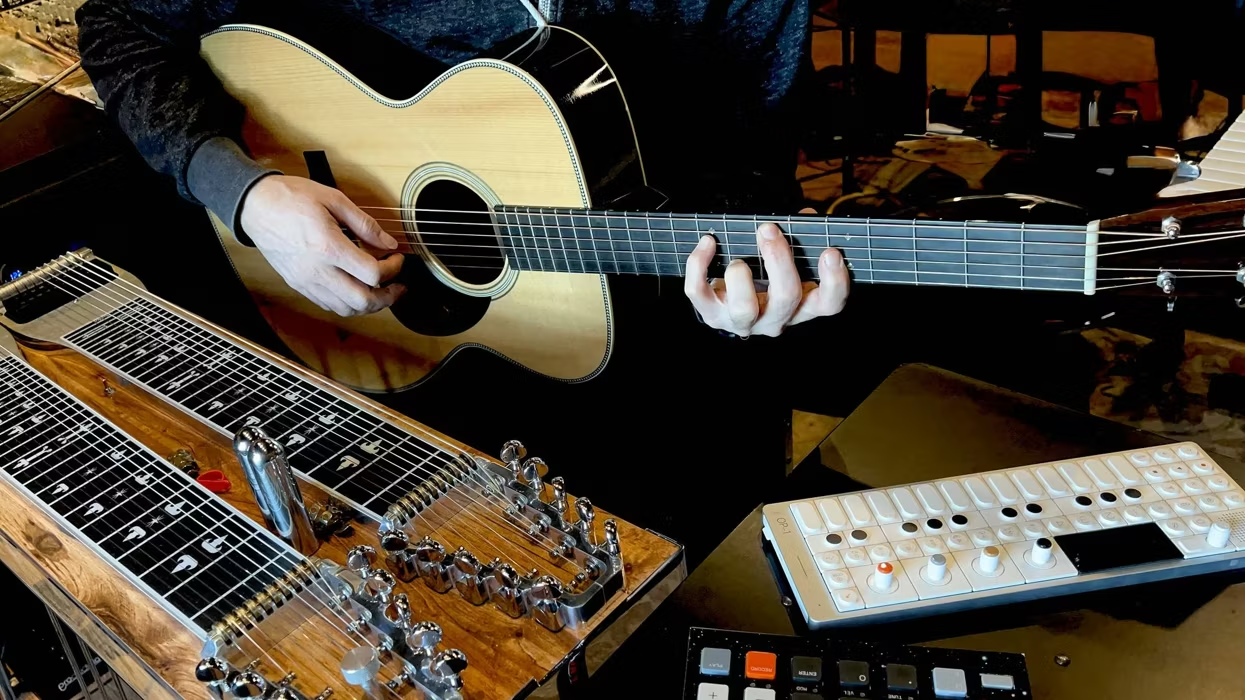
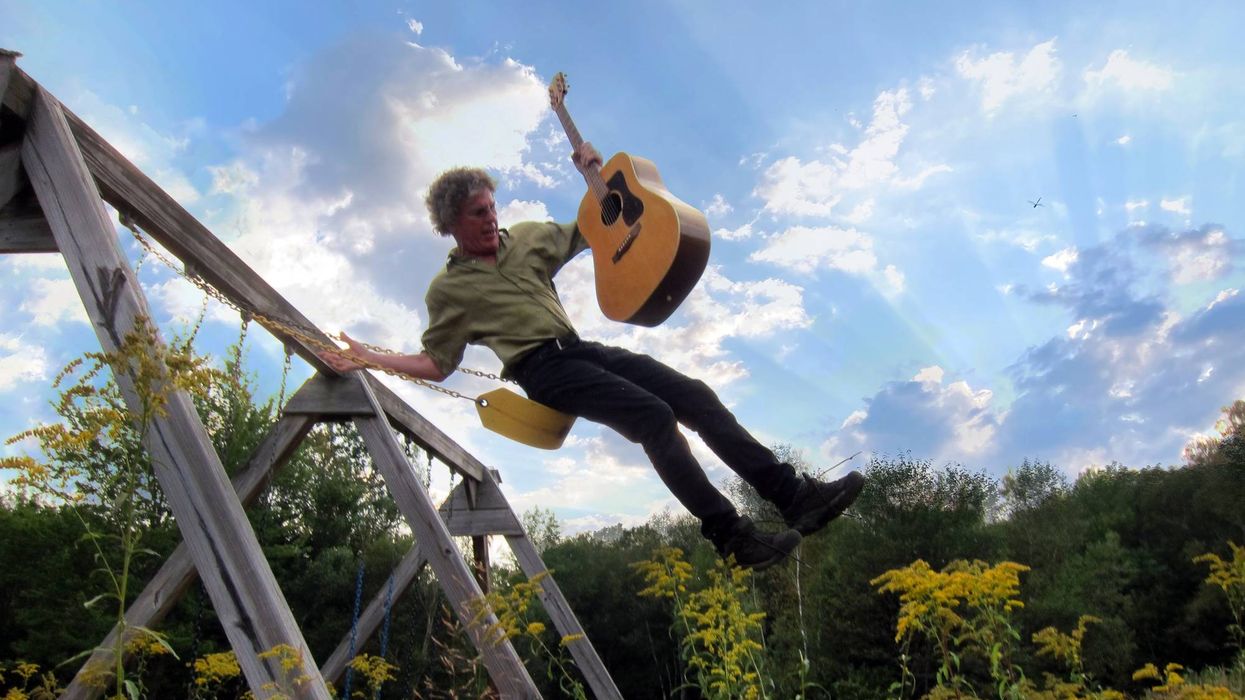
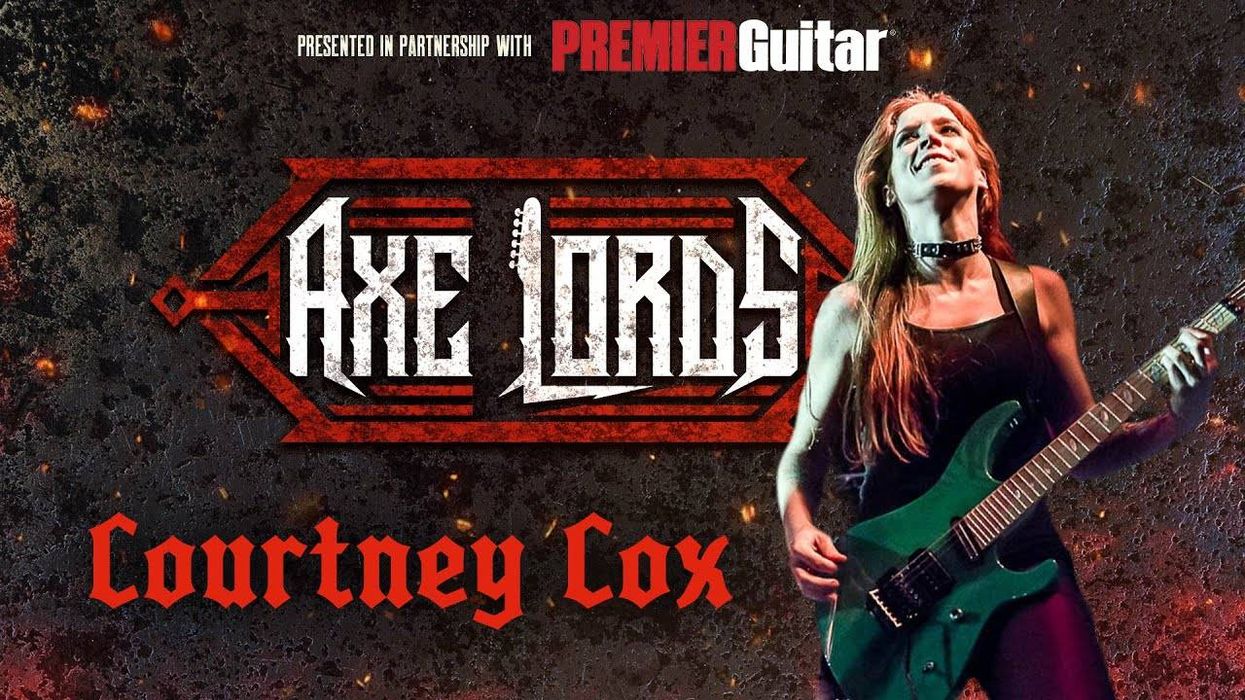
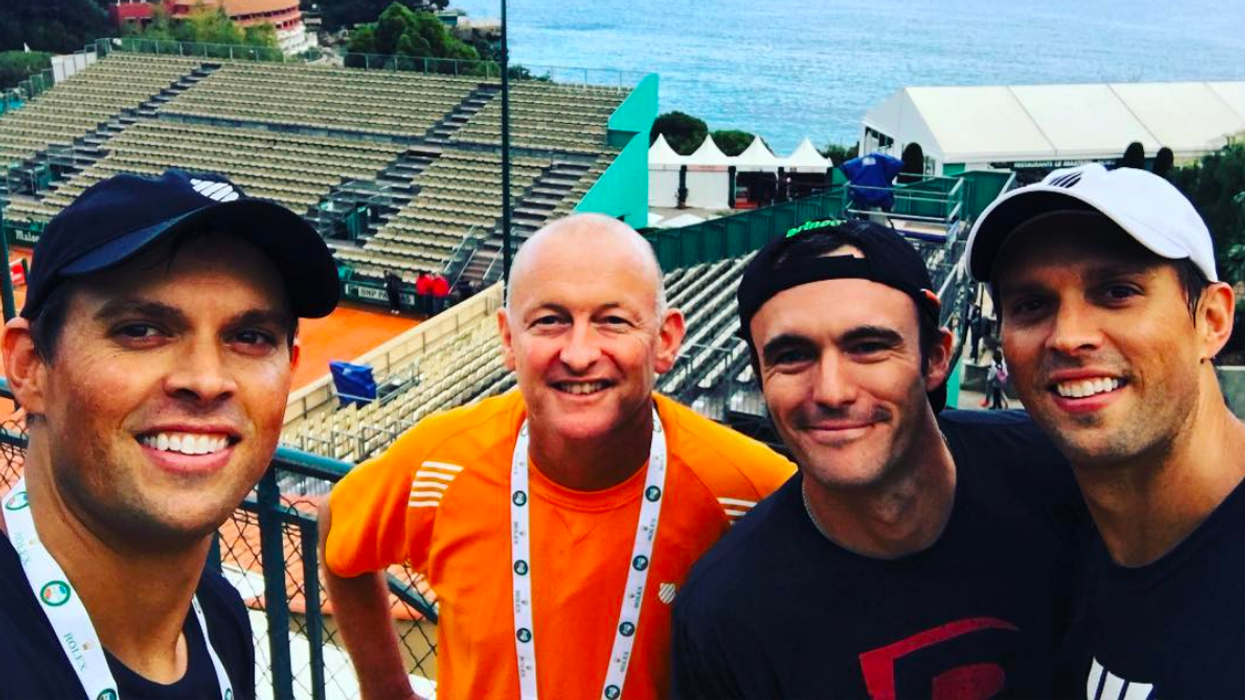


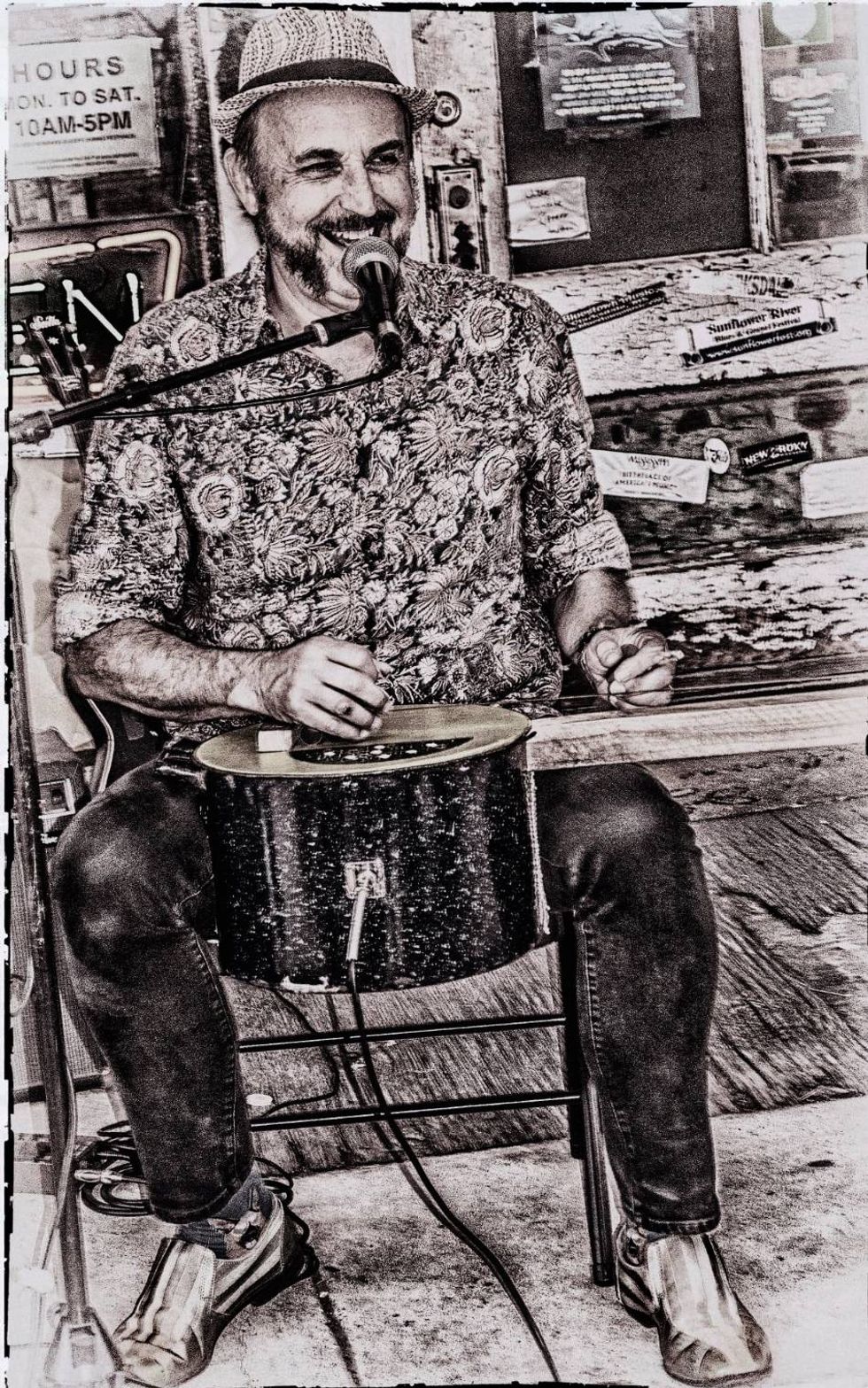
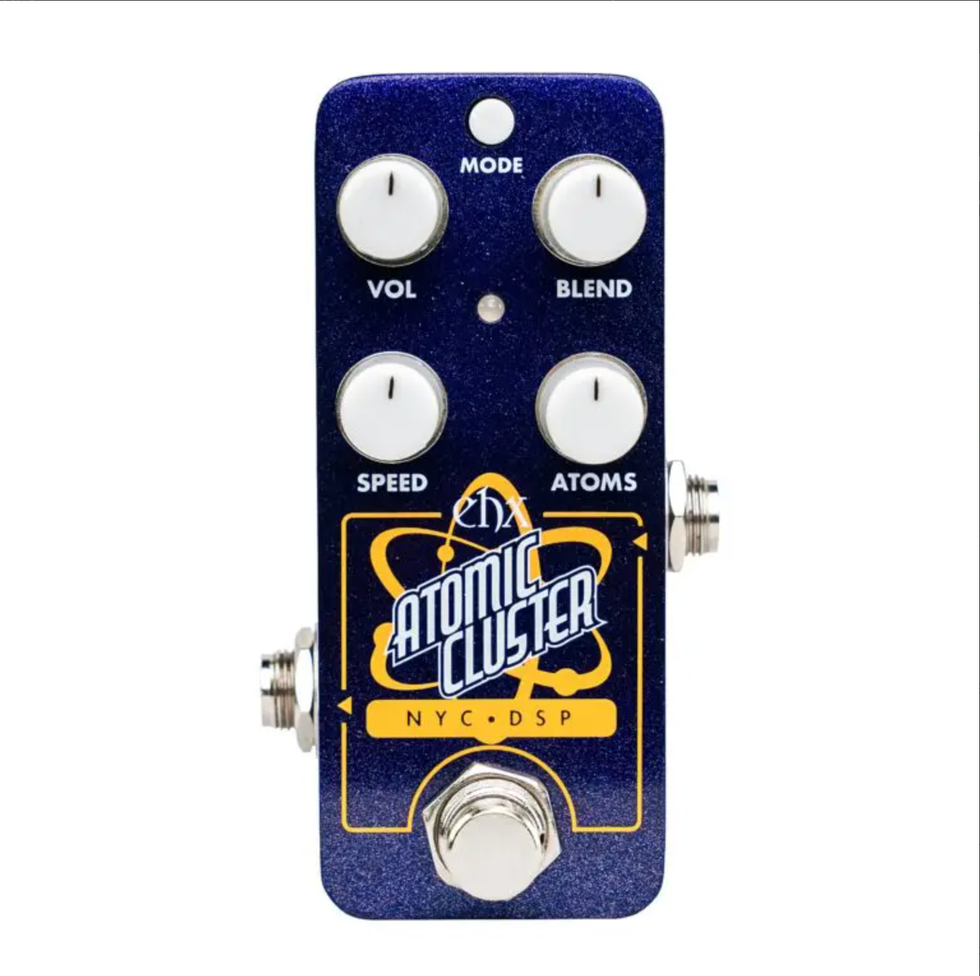
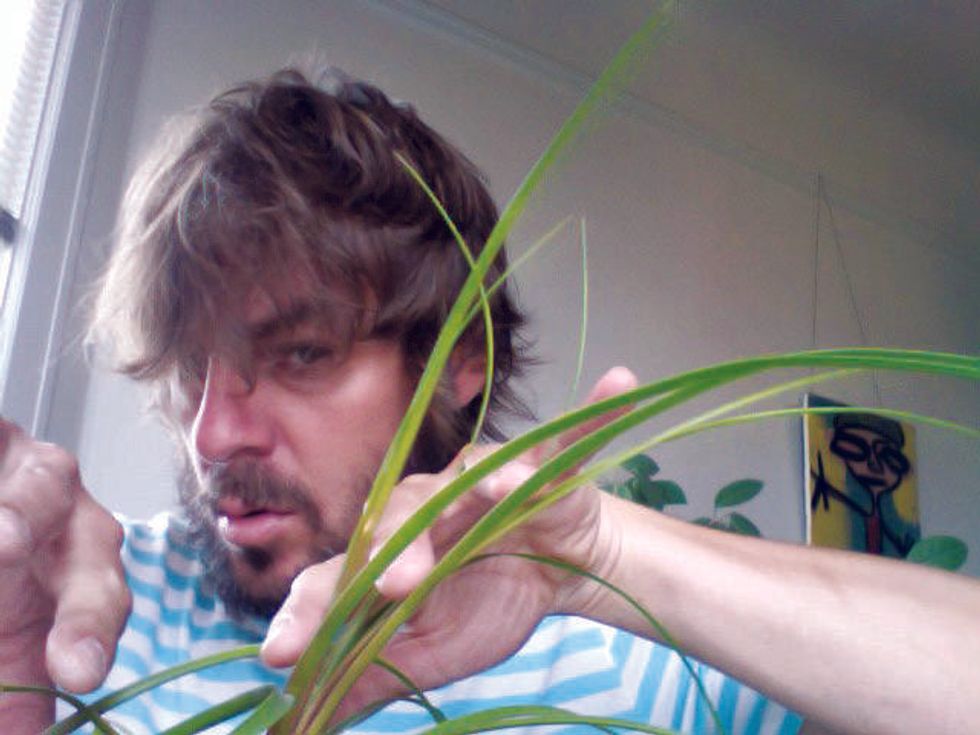

![Rig Rundown: Russian Circles’ Mike Sullivan [2025]](https://www.premierguitar.com/media-library/youtube.jpg?id=62303631&width=1245&height=700&quality=70&coordinates=0%2C0%2C0%2C0)




